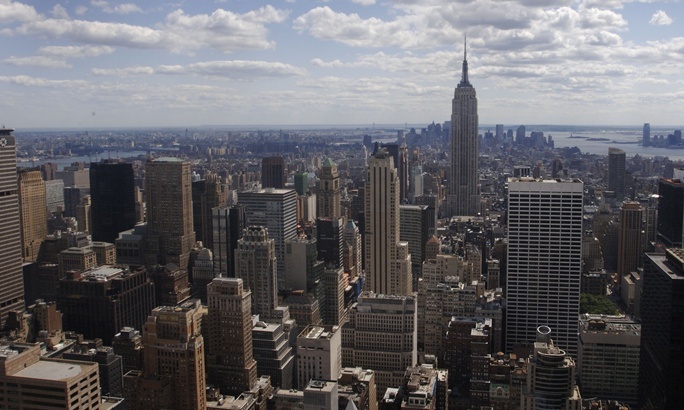From the Oscars to Obama and Beyonce to basketball we have a fascination for what goes on across the pond.
Politicians in particular like to think of the UK having a “special relationship” with the good old US of A although these days it’s probably little more than wishful thinking.
So I suppose we should feel honoured that the editorial board of the New York Times has deemed it appropriate to opine on the question of Scottish independence.
Perhaps influenced by the thousands of New Yorkers of Scottish descent on their patch and the fact that successive Scottish governments have funded regular cracking good parties in the Big Apple under the name of Tartan Week, this august body of journalists has turned its collective brainpower to the biggest question facing this nation for 300 years.
Much of what their editorial had to say is a factual, concise reprise of where we are and what will happen up to September 18 2014 including the insight that “breaking up would be complicated”. Who would have thought.
It saysthat there are “many” unsolved questions but poses just three. A conservative with a small “c” estimate would suggest that there are probably a couple of thousand really big questions that have yet to be answered and tens of thousands supplementaries besides.
The editorial notes that the polls show that about a third of voters favour independence and considers that this “could change over the next 18 months as transition issues become better understood.”
What it doesn’t say is whether they think it will change towards Yes or towards No.
The final line gives a clue to the view from the Big Apple at least through the eyes of New York Times editorial board.
It states: “Looking at the financial woes of small, independent European states like Cyprus and Iceland, Scottish voters may want to think twice about going it alone.”
But then, what chance would they have given Christiaan Hendriksen and the other Dutch settlers when they laid the foundations of what is today New York back in early 17th Century?
